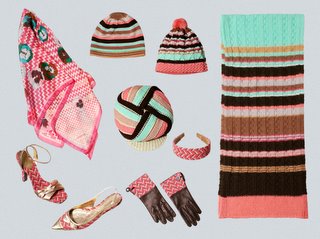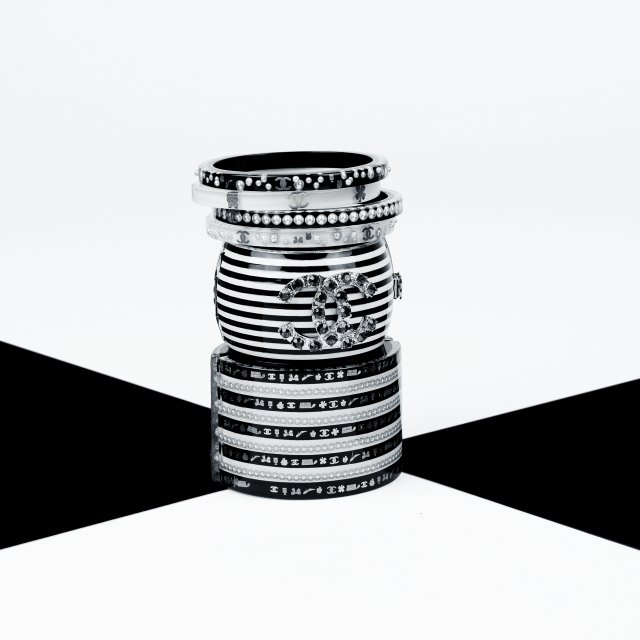 Photo by and copyright Louisa McKenzie.
Photo by and copyright Louisa McKenzie. Florence is a paradise for art lovers and avid shoppers alike, a place where one can see world-renowned art and architecture but also be enchanted by a fresco or terracotta frieze in a small side street. It is also a destination which offers a broad spectrum of shopping opportunities.
Obviously, a trip to Florence would not be complete without a visit to its key museums and galleries: the Uffizi, the Galleria dell'Accademia and the Pitti Palace. In the high season, these can get very busy. It is a frequent occurence in the summer for the queue for the Uffizi to stretch all the way around the loggia and outside again. Those "in the know" never queue. The way to avoid queuing is to book tickets in advance from (+39) 055 294 883. This service allows you to book in advance for any of the state museums in Florence. You do not need to give credit card details, just your name. Your are then given a booking number which you take along with you when collecting your tickets. This service is invaluable, saving as it does hours of queuing under the beautiful, but sometimes harsh, Tuscan sun.
Also, almost all of Florence's churches contain important artworks, although I suggest that an attempt to view all of these is only for the extremely studious. In my opinion, the best are the cathedral church (the Duomo), for Brunelleschi's inspiring dome; the Baptistery opposite the Duomo, for its fantastic Byzantine inspired mosaic ceiling; the serene San Marco to view the work of Fra Angelico and Santa Maria Novella, for the fresco cycles of the Tornabuoni and Strozzi chapels and the Trinity by Masaccio. The latter work is fantastically important from an art historical point of view as it is the first example of perspective being used in a painting.
However, Florence also contains some hidden gems, mentioned by guide books, but not often visited - lost among the multitude of things to see and do in Florence. They are, however, a delight. Also, by their very nature, they are often far less crowded than elsewhere. The Museo dell'Opera del Duomo, relatively hidden on the opposite side of the street at the rear of the Duomo, is an efficient and well planned museum containing many important works. The original bronze Baptistery door panels, realized by Ghiberti in the fifteenth century are to be found in the Museo. The doors on the Baptistery are replicas. The museum also contains a Pieta by Michelangelo, Donatello's Mary Magdalen and a set of exquisite Renaissance vestments designed by Antonio dell Pollaiuolo. The church of Santa Trinita, nestling behind a nonedscript facade opposite the Salvatore Ferragamo shop and museum, contains a beautiful set of works by Ghirlandaio.
An ideal location for magnificent vistas of Florence is San Miniato al Monte in the Oltrano. San Miniato is a church situated on a hill in a smart area of Florence, easily accesible by bus or taxi. It is far better to walk down from San Miniato than to walk up. The journey down provides more great views of the Arno winding through the centre of the city. If arriving by bus, get off at the Piazzale Michelangelo to take best advantage of this. A great cafe is situated on the Piazzale, called La Loggia. It provides an unprecedented opportunity for taking in the view whilst the occasional harmless gecko scampers through the shrubbery.
The church of San Miniato is far more simple inside than the majority of Florentine churches, due to its early date, with beautiful painted beams stretching far above the worshipper's head. The only exception is the breathtaking Cardinal of Portugal's chapel, a masterpiece of the marriage of the sculpted and painted arts. The altarpiece is a replica, the original being housed in the Uffizi.
When you are suffering from art fatigue, Florence provides excellent opportunities for shopping, due to its manageable size and the breadth of the products available. The high-end shops can mainly be found on the via Tornabuoni. Salvatore Ferragamo's headquarters are to be found here, the first shopfront when approaching from the river. As befits headquarters, there is impressive stock coverage: shoes, clothing, bags, sunglasses. Above the shop is the Museo Ferragamo, exhibiting some of Ferragamo's outstanding historical designs. A walk along the via Tornabuoni finds all the designer suspects present and correct. The Roberto Cavalli store houses its own cafe for light refreshments. Louis Vuitton and Fendi are noticeable absentees but can be found in the via degli Strozzi which runs between the via Tornabuoni and the Piazza della Repubblica. For a mix of high-end and innovative designers who don't have shops in Florence, for example, Lanvin and Alexander McQueen, head to Luisa Via Roma at the top side of the Piazza della Repubblica. The staff are also fantastically helpful.

Photo by and copyright Louisa McKenzie.
One of the best things to buy in Florence is leather gloves. I always buy cashmere lined ones from Martelli in the via di Por Santa Maria during visits to Florence. The selection is second to none. In addition to plain cashmere lines gloves, which I choose for warmth and adaptability, they carry myriad other styles and a full range of colours for men and women. Also, staff fit the glove size to the hand of each customer, even if you know your size, to ensure the best fit. The Antica Farmacia Santa Maria Novella, of which the London, New York and Los Angeles stores are additional branches, is a must (via della Scala). The shop is a treat for all the senses and one really does feel as if one is stepping back in time. The staff are friendly, multi-lingual and leave the customer to explore the rooms and products at leisure.
There are some great day-trips to take from Florence: Siena, San Gigminano, Fiesole and Arezzo. However, the beauty of Florence, is that each visitor can discover something new or unique during their stay.











